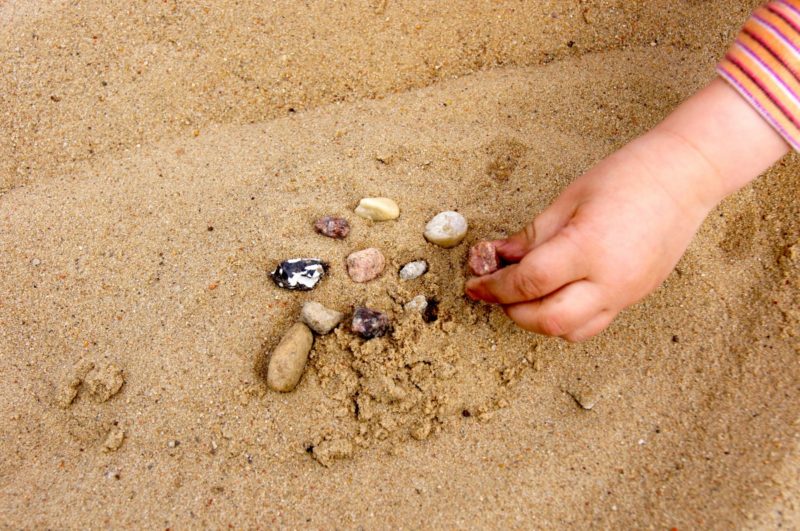Any homeowner would prioritize the lifespan of their appliance, which is one common question I get is: how to get sediment out of water heater. With the appliances working correctly, everything in the house also runs smooth, making like easier in general.
But with hard water problems, some appliances will also be put in danger. This includes the water heater.
You know that it is not cheap to buy this one, so you need to prevent any possible damage, including sediment buildup. Read more to keep your water heater working at its best. Let us discuss more on this below. Keep reading!
Ways To Get Sediment Out Of Water Heater
When we say sediments, it pertains to the mineral deposit in the storage tank. May your unit be old or new. Usually, you can find this at the tank’s bottom. You will see this in the heater’s elements when the water is heated. The deposit amount will vary depending on the type of water, the efficiency of the cleaning system, and water hardness.
You can find the sediments in hot water in their solid shape, similar to particles of sand that come out from the water system or well that is not dissolved. There is even some rust or limescale buildup present. For instance, rust deposits result from the violent water action as the tank begins to corrode with failed or lack of rust protective substance such as the lining of a metal tank or anode rod.
Here are the ways on how to get sediment out of water heater:
Method #1. Flush the unit
A good rule of thumb is to flush the unit at least two times a year to prevent sediment buildup. This technique involves draining the unit completely to remove floating particles. But before you start, ensure to turn off the gas or electricity that powers the unit first. The next thing to do is cut the cold water supply to ensure that no water will be entering the tank during the flushing process. Then, get a hose and connect it towards the drainage, ensuring that it will drain somewhere safe since the water will be too hot. Now, drain and flush. As you do this, ensure that the cold water valve is open until you see that the water running out has no sediment anymore. Then, power the water heater back!
Method #2. Vinegar soak
It is common for every kitchen to have vinegar, but it is not only used for cooking. Vinegar can also be used to get rid of the sediment in your water heater. It is recommended for daily cleaning of hard water buildup and stains. Also, use this to prevent those. After you have drained the unit, you can pour some cider vinegar inside the tank. But ensure to close its drain valve and allow the vinegar to soak thoroughly. Leave it for six hours or more and flush the vinegar out afterward.
Method #3. Maintain temperature
Setting the thermostat too high can help in assisting the scale buildup. As recommended by the manufacturers, set the water heater only up to the ideal temperature of about 120 degrees F. Any temperature higher than this will risk your unit to sediment buildup. Higher water temperature would encourage more minerals such as calcium and magnesium to remain as deposits in solid form. So to prevent sediment buildup in your water heater, you should avoid setting the temperature too high.
Method #4. Installing water softener
You can consider installing a water softener system in your household for those who want a long-term solution to combat sediment buildup. This will remove the ions that are the ones that result in hard water, which affects plumbing, appliances, and even the health of your family members. The dissolved ions, magnesium, and calcium are being filtered out. Then, sodium ions are being exchanged to the water supply. Although the water softener system is more expensive and will need maintenance after installation, it is worth looking at its long-term effects.
Click on these links to read related articles; know how to turn on water heater and how to replace a water heater element.
Common Problems Caused By Sediment Buildup
Suppose the water heater and plumbing have sediment buildup. In that case, it will also result in the clogging of the faucets and valves. You will notice that the water flow from around the house has reduced. These problems, when accumulated, will lead to a shorter lifespan, lower power output, and reduced performance and efficiency of the heating elements. Any problem mentioned above indicated that you need to flush a unit.
For instance, you might hear a sizzling or popping noise coming from your heating elements. Even if this noise disappears eventually, you still need to flush your unit. Note that sediment buildup can cause your heating elements or tank to fail. It is essential that you solve the issue with sediment right away because it can make it hard or even impossible to clean. The only option left is to buy another gas or electric appliance in most cases.
It’s A Wrap!
You need not deal with the question: how to get sediment out of water heater, if you are eager enough to prevent it in the first place. Indeed, prevention is better. So take the measures necessary to prevent sediment buildup.

